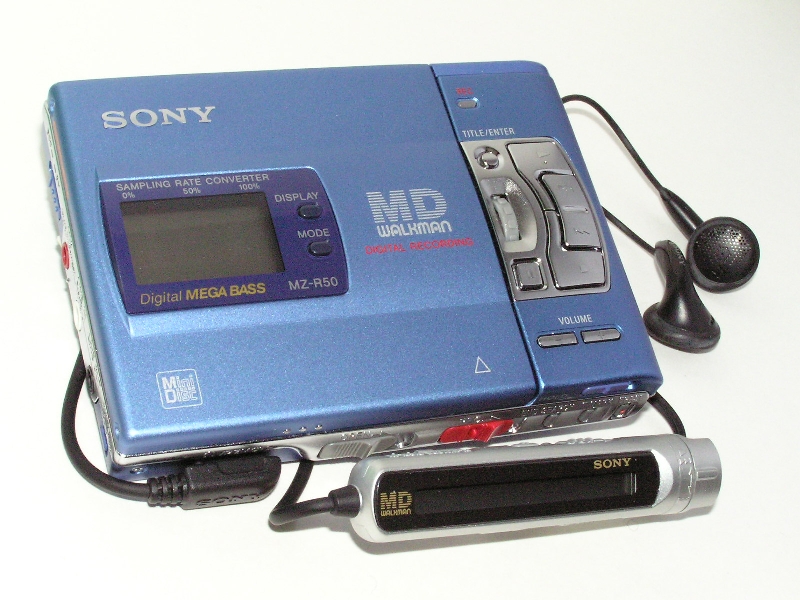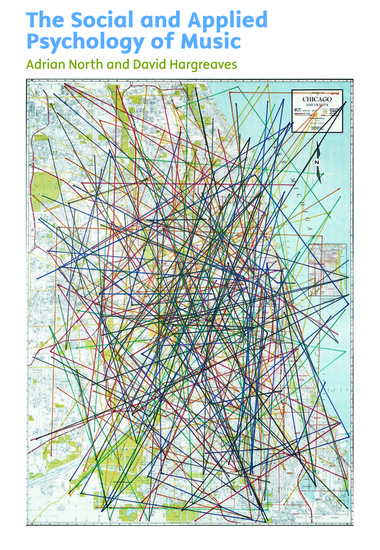By Amanda Krause
Not long ago, I saw an image floating around the Internet. It simply displayed two items — a cassette tape and a pencil — along with the following statement: “our children will never know the link between the two.” Upon a quick search to locate that image the other day, it looks like it was the topic of a reddit post back in 2011. But as viral things tend to do, it lingered, making its way into Facebook posts and into Internet “age tests” aimed at prompting either confusion or nostalgic reflection.
I came across a response blog post by Jeffrey Weston that had altered the image — it now contained a pen rather than a pencil — arguing for the pen’s superiority in rewinding the tape. Regardless of whether you used a pencil, a pen, or your pinky finger, a sentence he included about the image caught my attention. He wrote “what’s triggering this nostalgia of course is not really about rewinding a cassette with a pencil, it’s what the cassette was used for.” The memory of winding the tape is joined by a wider range of personal, music-filled memories: navigating fast forward and rewind processes, making and listening to mixtapes, and of course, the Sony Walkman.
In fact, this year marks the 33rd anniversary of the Sony Walkman; the TPS-L2 version was introduced back on 1 July 1979. Thirty-three years and the manufacturer only just stopped production of the cassette-playing Walkman in 2010. (A side note: Interestingly, that announcement came a day before the ninth birthday of the iPod.)
Originally called the Soundabout in the US and the Stowaway in the UK, the Walkman transformed listening. It was designed specifically as a playback only stereo optimized for headphone use; one that could be used while walking around. It may have not been the first portable device, but it was an unprecedented combination of portable and private listening. As Jeffery Weston recalled, “sound was viral on a scale as small as a piece of plastic and some magnetic tape.”

Like a lot of media, researchers have researched Walkman listening in the past (for example, Hokosawa in 1984 and Schonhammer in 1989). But one piece of research that really attracted my attention was published in 1998 by Shing-Ling Chen. Chen examined the impact of the Walkman on listeners’ experiences. By analyzing the journals of individuals who listened to music via Walkmans, the author considered how the Walkman blurred the line between public and private space. The Walkman allowed for a private listening experience to happen in a public setting and it allowed for nomadic listening. With this handheld device, the listener began to really have control over the music he or she was listening to.
The following is a brief recapped list of Chen’s findings regarding Walkman experiences:
- It influences the perception of time.
- Its use is contextualized.
- It can help alter/ reinforce one’s mood.
- It can be used to accompany monotonous tasks (like when cleaning or cooking).
- It can bring relief to the listener.
- It can act as a companion.
- It can motivate, energize, and/or drive a person (like when exercising).
- It can be used to isolate the listener from the outside world.
- It can provide a soundtrack to what’s happening.
The same could be said about an iPod. Go ahead, reread the list but this time think about MP3 players. Had I not explicitly stated that the list was about Walkmans, presented alone, it’s very likely that it would have been assumed to be about today’s popular, mobile MP3 technology.
So just as Chen concluded that the pervasiveness of the Walkman in the participants’ daily lives indicated that their social lives really couldn’t be understood without including an understanding of their experiences with the Walkman, the same applies to the way we interact with music via technology today.
The Walkman may have met its technological obsolescent death, but like any technology it wasn’t going to last forever. And who knows what new technology will take over in the future. But for now, we need a better understanding of how we listen and use music in our daily lives. And that’s the goal of my current research: I’m exploring the avenues we now have at our disposal, like playlists, and web streaming, and even listening and sharing through Facebook. Never before has music been as ubiquitous in our everyday life and the control, accessibility, and portability that the Walkman’s successors provide require new research.
So while I look fondly at the image of pencil and cassette tape, I wonder too what the image will be in the future when we get nostalgic about our mobile MP3 players.
Amanda Krause graduated with a master’s degree in Applied Music Psychology from Roehampton University, UK in 2010 and is currently doing doctoral research at Curtin University, Australia. Her research interests include musical experiences and behaviors in everyday life, with a particular emphasis on the role of digital and social technologies. She tweets as @StudyListening and invites everyone to participate in her research at www.researchaboutlistening.com.
If you’re interested in learning more about music and psychology, check out The Social and Applied Psychology of Music by Adrian North and David Hargreaves. It considers the value of music in everyday life, answering some of the perennial questions about music.
Subscribe to the OUPblog via email or RSS.
Subscribe to only music articles on the OUPblog via email or RSS.
Subscribe to only psychology articles on the OUPblog via email or RSS.
View more about The Social and Applied Psychology of Music on the ![]()
![]()


Good article on the Walkman but odd to illustrate it with a much later mini-disklayer!
JK
The Walkman delivered us from the Boom Box in public places. Hallelujah